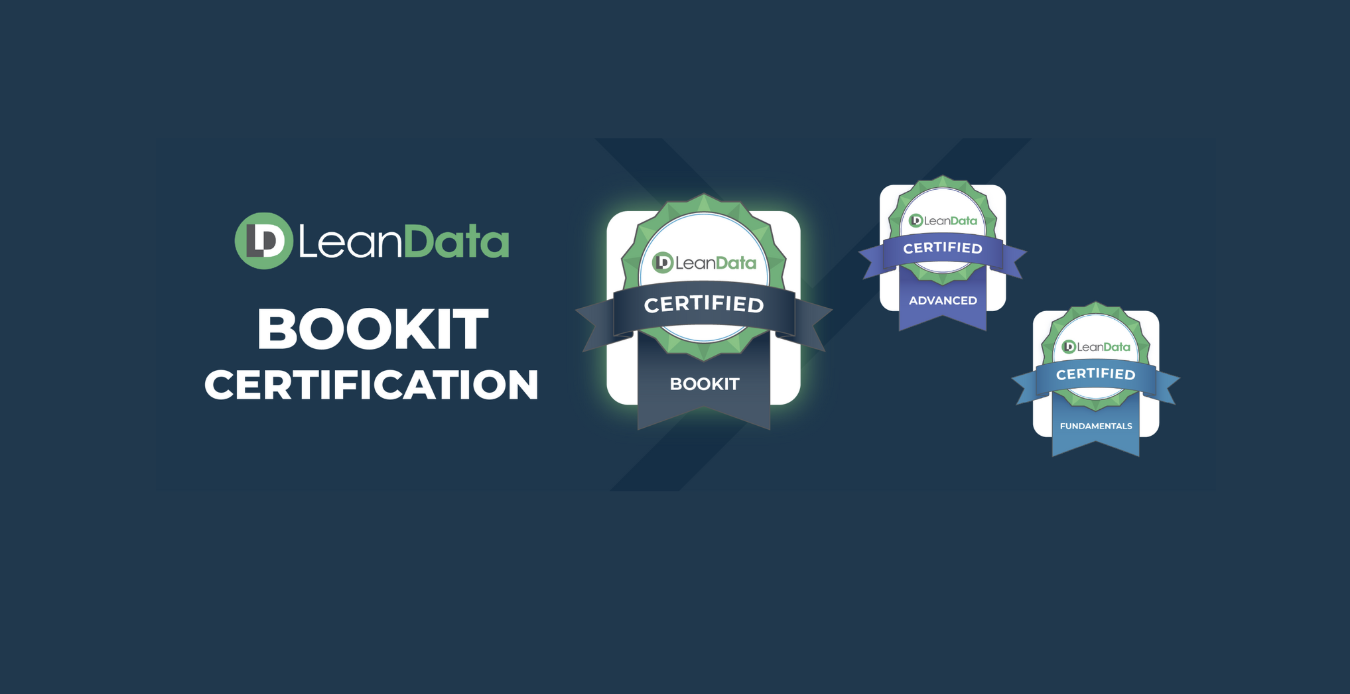What if the problems slowing down your revenue team weren’t problems at all, but symptoms?
Too often, RevOps leaders try to patch broken systems with new processes, alerts, or workarounds. The result is a stack of “fixes” built on shaky foundations.
That’s where first principles thinking comes in.
What Is First Principles Thinking?
First principles thinking is a problem-solving framework that breaks challenges down into their most basic truths before building solutions back up. Instead of accepting current processes as the starting point, it asks:
- What exactly is the root problem?
- What do we know to be absolutely true?
- What’s the simplest way to solve it from the ground up?
Elon Musk often references this approach in engineering, but the concept applies to operations as well. In RevOps, it means moving past incremental fixes and rethinking systems in their most elemental form.
For example, if sales reps aren’t logging engagement data, the first principles approach isn’t more reminders or stricter SLAs. The real problem is that the data isn’t being captured. The solution? Automate the capture process entirely instead of relying on human behavior.
Why RevOps Needs First Principles Thinking
Revenue operations is a discipline built on connecting people, processes, and technology across marketing, sales, and customer success. Because the work sits at so many intersections, it’s easy to fall into the trap of “band-aid fixes.”
But those quick solutions eventually create technical debt, data silos, and frustration for go-to-market teams. First principles thinking offers a way out. It helps leaders:
- Avoid wasting effort on symptoms instead of causes
- Build solutions that scale as the company grows
- Communicate clearly with cross-functional teams by boiling down problems into plain language
As a result, teams can focus less on firefighting and more on orchestrating growth.
In a recent LeanData webinar, Raheel Alam, former Manager of GTM Applications at Affinity, explained that breaking problems into plain language helped his team tackle speed to lead.
By reframing the issue and connecting systems, they cut response times from over an hour to just minutes.
How to Apply First Principles Thinking in RevOps
You don’t need to overhaul your entire GTM infrastructure to start using this approach. Instead, think of it as a mindset you apply to the problems in front of you today. Here’s how:
1. Break Problems Down to the Root
Start by questioning every assumption. Ask why each issue exists until you arrive at the core truth.
Example: Instead of asking “Why don’t reps follow the SLA?” keep digging. You may find the real issue isn’t discipline, it’s that the system makes logging data too time-consuming.
2. Define the Absolute Truths
Identify what you know cannot be disputed. These truths become your foundation.
Example: “We need engagement data to measure pipeline health” is a truth. “Reps should manually enter notes” is not. It’s just one possible method.
3. Build Back from the Ground Up
Once you know the truths, explore all possible solutions without assuming existing systems must stay in place.
Example: Instead of tweaking notifications, deploy a connector tool that logs activity automatically.
Real-World Example: Automating Sales Engagement Data
Kelly Goles, Senior Manager of Revenue Marketing Operations at NVIDIA, described how her team struggled with incomplete engagement data. Sales reps weren’t entering their call notes or activity in CRM, which made campaign attribution and forecasting unreliable.
The incremental fix? More reminders, dashboards, or manager check-ins.
The first principles approach? Acknowledge that the truth is: data is required, but humans won’t consistently log it. So the team implemented a data connector tool that captured activity automatically. Suddenly, the issue wasn’t compliance. It was solved at the root.
As a result, leadership gained trustworthy data, and reps could focus on selling instead of system upkeep.
First Principles Thinking and the “Process of No”
Kimberly Galitz, Senior Manager of Marketing Operations at F5, shared a variation of this mindset through what she called the “process of no.” Whenever her team had to say no to a request because of tool limitations, bandwidth, or missing capabilities, she documented the reason.
Over time, the list of “no’s” revealed patterns. Instead of chasing each request individually, leadership could see the root cause was a rigid tool that couldn’t scale. That documentation secured budget for a better platform.
The lesson? First principles thinking often starts with saying no, but it ends with finding a stronger yes.
Benefits for Scaling Revenue Teams
First principles thinking doesn’t just solve today’s problems, It sets the stage for tomorrow’s growth.
Rachel Godfrey, Marketing Operations Manager at BambooHR, noted that this kind of thinking gave her team the agility to scale from two business segments to five in just a few years — something impossible under their old systems.
RevOps teams that embrace this mindset see benefits like:
- Scalable processes that won’t crumble as the business doubles in size
- Clearer communication with leadership and cross-functional peers
- Faster problem solving because solutions address causes, not symptoms
- More reliable data that supports forecasting, planning, and GTM strategy
Practical Steps to Bring This Mindset Into Your Team
Here’s how to get started:
- Document assumptions before solving any problem
- Use plain language to define problems so anyone can understand
- Challenge existing processes rather than layering on fixes
- Look for automation opportunities where human compliance is unreliable
- Keep track of recurring requests that reveal bigger systemic gaps
By following these steps, you’ll shift from patching leaks to redesigning the plumbing.

A New Lens for RevOps Leaders
RevOps is a high-pressure role. Teams juggle speed to lead, routing logic, data quality, system integration, and executive reporting, all while keeping sales and marketing aligned.
In that environment, patching feels faster than rethinking.
But the leaders who stand out, the ones building award-winning programs, are the ones who pause, strip challenges down to their core, and rebuild from first principles.
For operators navigating constant change, this isn’t just a problem-solving trick. It’s a way of thinking that ensures every project you touch adds lasting value.











